I have signal with these parameters: 1kHz frequency, 1Vpp. I'm trying to find the best algorithm to calculate the signal's amplitude and frequency from 20 samples. I will try to implement this algorithm in C language (on my microcontroller). I've estimated the sampling frequency to 2.5kHz Pic of sampled sine wave:

Does anyone have an idea? Thanks for help!
